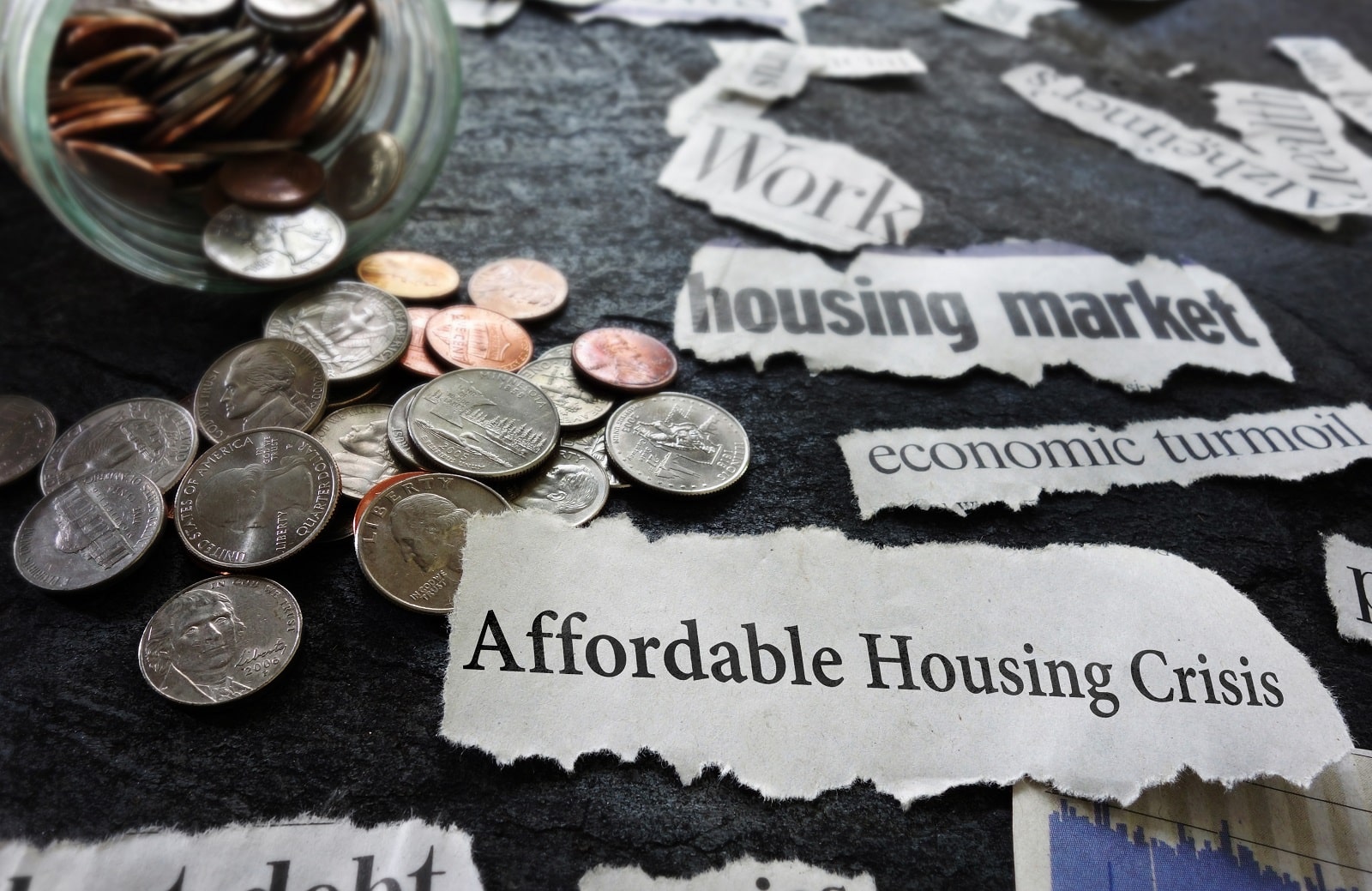A report from Harvard University’s Joint Center for Housing Studies has revealed that a huge number of Americans will struggle to pay rent this month.
Financial Strain on Tenants

The report said that 50% of all US tenants spend over 30% of their income on rent and utilities.
Middle-Income Renters Under Pressure

Even middle-income renters find themselves with a 5.4-point surge in the percentage of income spent on housing from 2019 through 2022.
Soaring Housing Unaffordability

Researcher Sophia Wedeen said, “Over the last two decades, housing unaffordability has been scaling the income ladder and increasingly affecting middle-income households,” followed by, “For people with lower incomes, housing unaffordability is a fact of life.”
Inescapable Reality for Lower Incomes

The report noted that unaffordable housing is an “inescapable reality” for those with lower incomes.
Severe Financial Burden

22.4 million households are paying more than the recommended 30% of their income towards housing, with 12.1 million labeled as “severely cost-burdened.”
Two-Decade Rent Escalation

From 2001 to 2022, the report found that rent surged by 21% when adjusted for inflation, significantly outstripping the meager 2% growth in renters’ incomes.
Dearth of Affordable Rentals

The escalating costs are due to the lack of affordable housing as landlords now set prices beyond the means of low-income renters.
Plummeting Homeownership Rates

The number of 25- to 45-year-olds that own a home is the lowest it’s been since 1980, which is why rentals have become more popular.
Sacrifices for Shelter

Numerous renters report making sacrifices in essential areas such as food and healthcare to navigate the escalating cost of rent.
Surging Homelessness Rates

The rising cost of renting means more people are tragically becoming homeless, including both living on the streets and sofa surfing.
Job Growth’s Impact on Rents

Regions experiencing robust job growth, like California, New York, and Washington, are also dealing with the highest rents due to limited housing availability.
Insufficient Pay for Housing

Real estate and finance expert Andrew Lokenauth said, “Many jobs don’t pay enough for people to rent decent places near their work,” and “Not enough new apartment buildings are being built for lower and middle incomes.”
Rental Affordability Conundrum

Earlier this year, a report by Intuit Credit Karma disclosed that 24% of renters couldn’t afford their rent.
Generational Rental Hurdles

Gen Z faces pronounced challenges, with 31% living with parents and 27% unable to afford rent.
Cross-Generational Compromises

Gen Z isn’t the only generation affected, with 42% of Gen X and 25% of Baby Boomers sacrificing their essential purchases in order to afford their rent.
Persistent Doubts about Homeownership

46% of all Americans are unsure whether they will ever have the possibility to own a home if the market stays the same.
Signs of Rental Improvement

Although the report revealed some worrying statistics, there are glimpses of improvement as rents only grew by 0.4 percent in the third quarter of 2023, a stark difference from the 15.3 percent surge experienced by renters in early 2022.
Aging Rental Units

Rental homes are aging significantly; the typical rental unit is 44 years old in 2021.
Increase in Rental Supply

In a positive development, approximately 436,000 new apartments and units were added in the third quarter of 2023, marking the highest amount in 35 years and potentially signaling a slowdown in rent increases as the supply increases, providing renters with more options than before.
The post Housing Affordability Hits Crisis Point: Harvard Study first appeared on Swift Feed.
Featured Image Credit: Shutterstock / fizkes.

